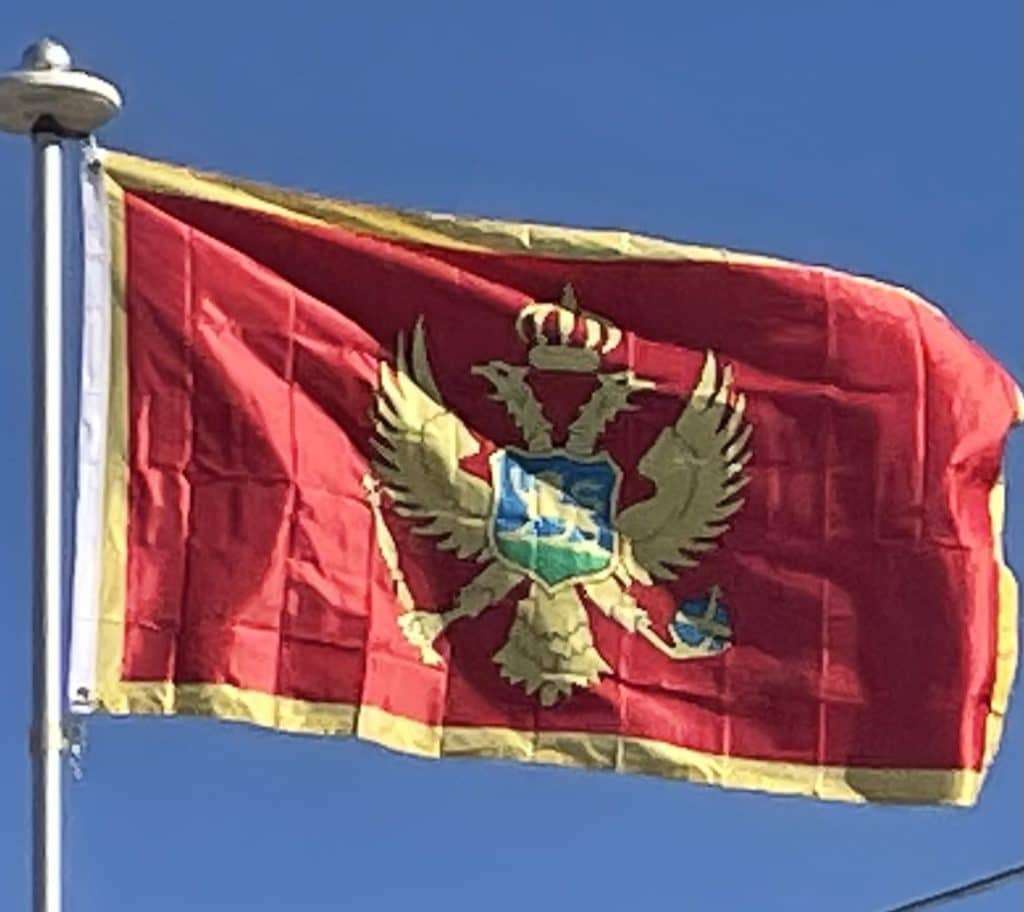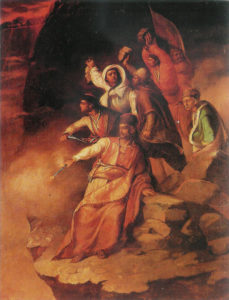
Other smaller parts of the territory were controlled by Republic of Venice and the First French Empire and Austria-Hungary, its successors.
Montenegro now consisted of territories controlled by warlike clans. Most clans had a chieftain (knez), who was not permitted to assume the title unless he proved to be as worthy a leader as his predecessor. The great assembly of Montenegrin clans (Zbor) was held every year on 12 July in Cetinje, and any adult clansman could take part.
A series of local rulers would rise and fall until mid-19th century when power became more and more centralized in the hands of self-proclaimed nobility.
Principality to Kingdom:
Under Nicholas I (ruled 1860-1918), the principality was enlarged several times in the Montenegro-Turkish Wars and was recognized as independent in 1878. Nicholas I established diplomatic relations with the Ottoman Empire. Minor border skirmishes excepted, diplomacy ushered in about 30 years of peace between the two states until the deposition of Abdul Hamid II in 1909.
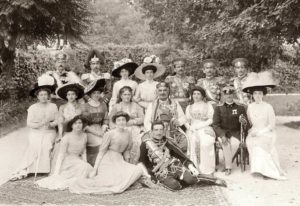
Modernization of the state followed, culminating with the draft of a Constitution in 1905. However, political rifts emerged between the reigning People’s Party, who supported the process of democratization and union with Serbia, and those of the True People’s Party, who were monarchist.
In 1910 Montenegro became a kingdom, and as a result of the Balkan wars in 1912 and 1913 (in which the Ottomans lost most of their Balkan lands), a common border with Serbia was established.
Montenegro became one of the Allied Powers during World War I (1914–18). In the Battle of Mojkovac fought in January 1916 between Austria-Hungary and the Kingdom of Montenegro, Montenegrians achieved decisive victory despite being outnumbered five to one.
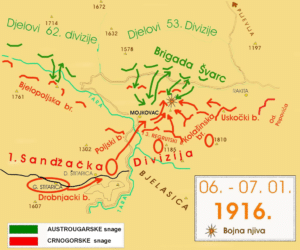
From 1916 to October 1918 Austria-Hungary occupied Montenegro. During the occupation, King Nicholas fled the country and a government-in-exile was set up in Bordeaux.
Kingdom of Yugoslavia:
In 1922, Montenegro formally became the Oblast of Cetinje in the Kingdom of Serbs, Croats and Slovenes, with the addition of the coastal areas around Budva and Bay of Kotor. In a further restructuring in 1929, it became a part of a larger Zeta Banate of the Kingdom of Yugoslavia that reached the Neretva River.
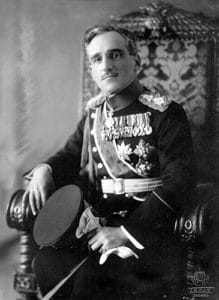
Nicholas’s grandson, the Serb King Alexander I, dominated the Yugoslav government. Zeta Banovina was one of nine banovinas which formed the kingdom; it consisted of the present-day Montenegro and parts of Serbia, Croatia, and Bosnia.
World War II and Socialist Yugoslavia:
In April 1941, Nazi Germany, the Kingdom of Italy, and other Axis allies attacked and occupied the Kingdom of Yugoslavia. Italian forces occupied Montenegro and established it as a puppet Kingdom of Montenegro.
In May, the Montenegrin branch of the Communist Party of Yugoslavia started preparations for an uprising planned for mid-July. The Communist Party and its Youth League organized 6,000 of its members into detachments prepared for guerrilla warfare.
